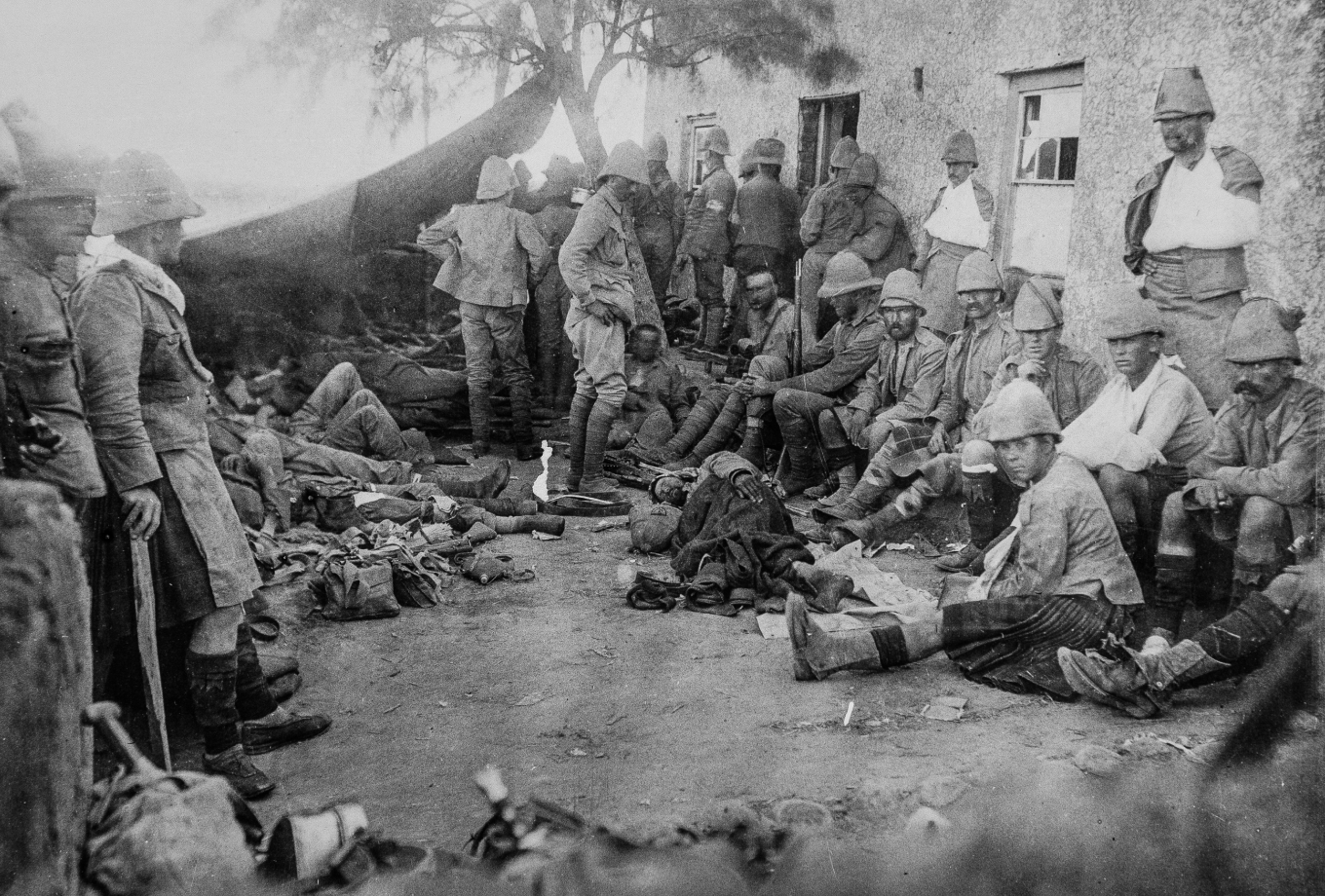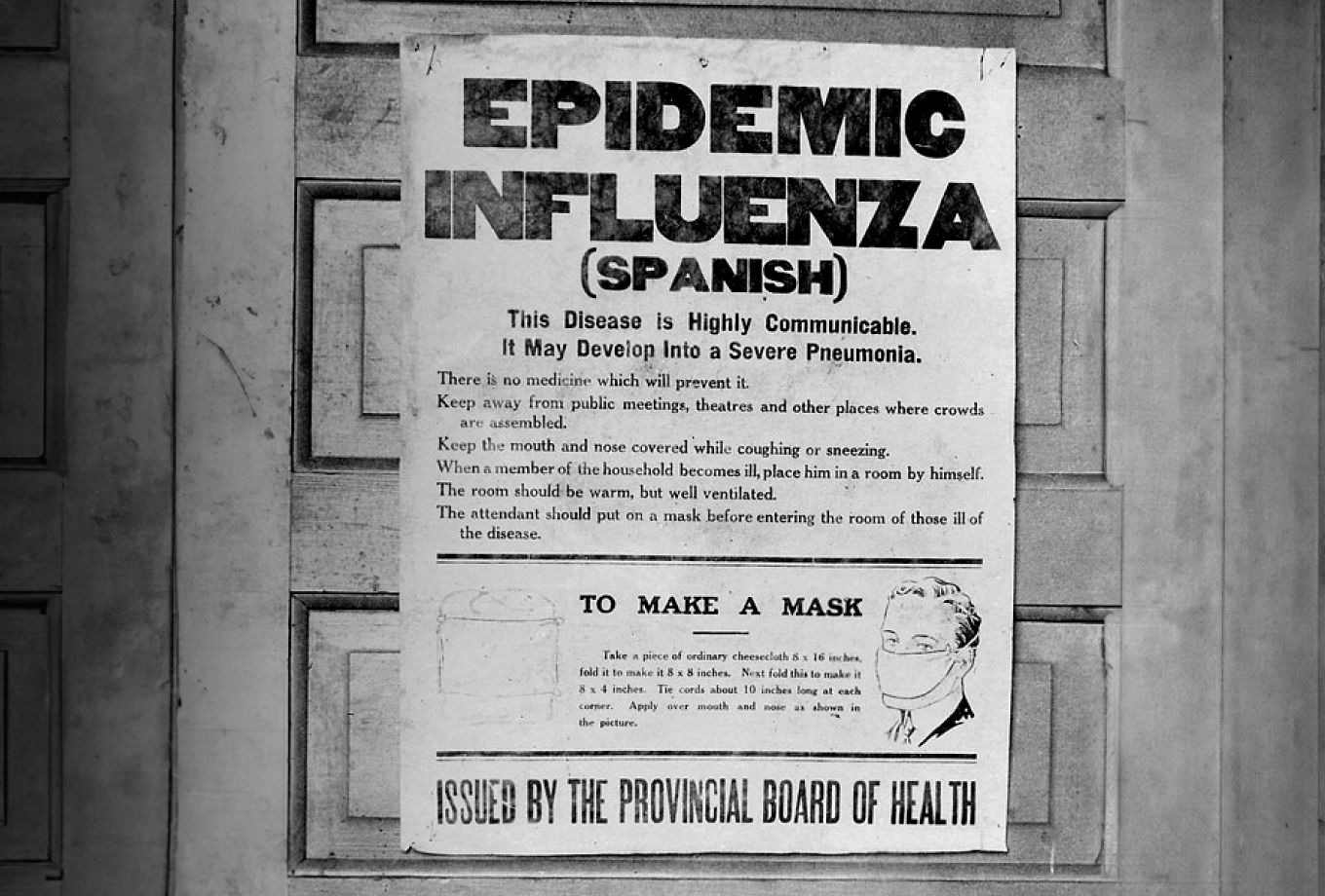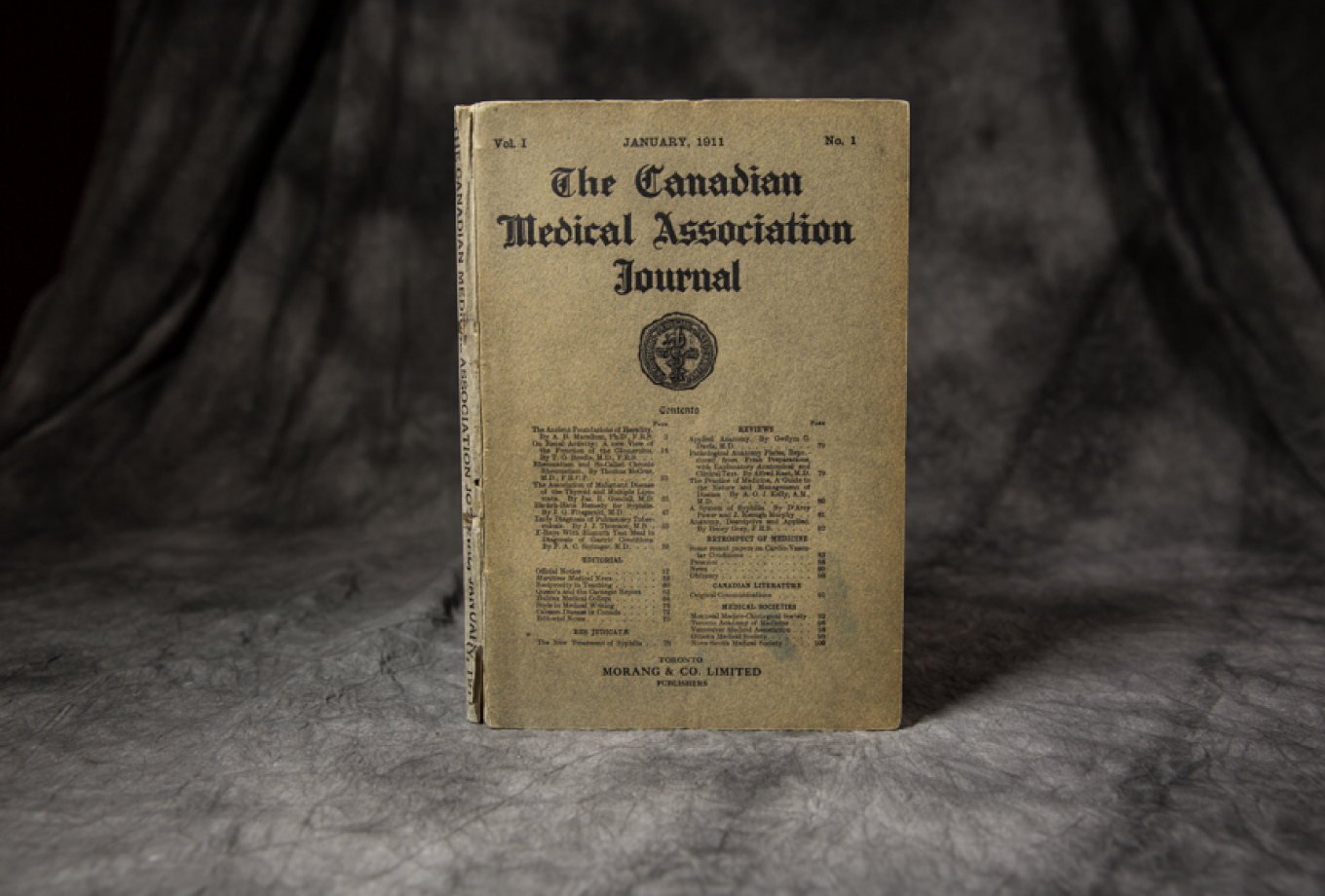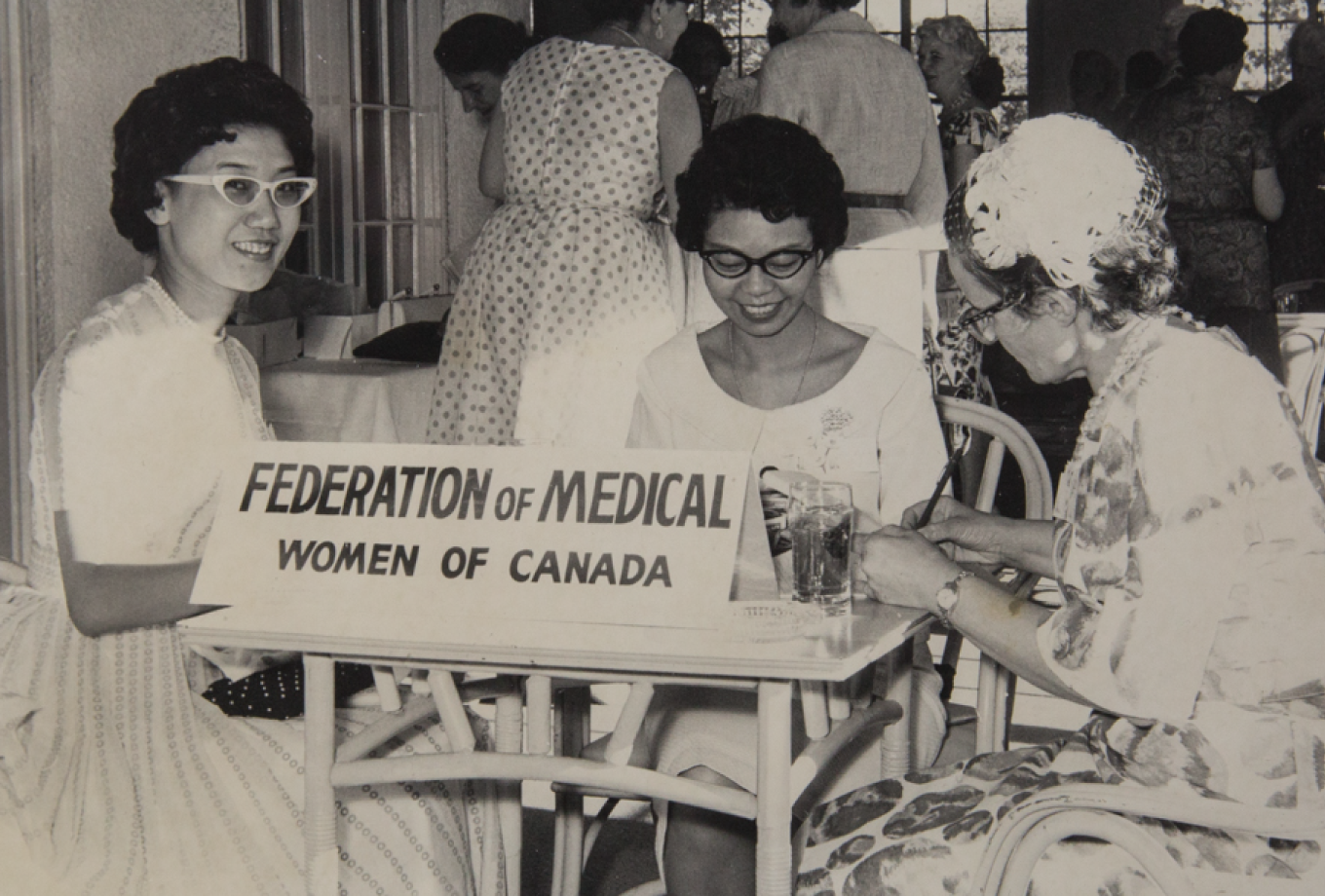In 1867, Canada’s first medical schools had already been established, with lectures on subjects like anatomy and midwifery. But Louis Pasteur’s germ theory was not yet widely accepted and “miracle” cures and tonics were proliferating.
So, 164 physicians from across Canada — a just-established Confederation of four provinces — gathered at the Grand Hall of Laval University in Quebec City to elevate standards of care and support each other in a fast-evolving profession.
The result was the establishment of the Canadian Medical Association (CMA), which now works with tens of thousands of physicians and learners from coast to coast to coast to advance better health care for providers and patients.
Together, we’ve tackled some of the most important issues in health care.

Soldiers at a field hospital in Paardeberg Drift, South Africa, during the Boer War on Feb. 19, 1900. Canada’s medical service marked the origins of what would become the Canadian Army Medical Corps, but most casualties resulted from disease, not combat. The CMA played a central role in the subsequent public health debate. (Library and Archives Canada)

The Spanish flu pandemic of 1918-19 spurs broad discussions on public health at the CMA. The pandemic killed between 30,000 and 40,000 people in Canada, and an estimated 20 to 40 million people worldwide. (Glenbow Archives)

The Canadian Medical Association Journal (CMAJ) sends its first issue to physicians in January 1911. The CMAJ’s first editor, Sir Andrew Macphail, had fought for a journal to express the CMA’s views, record its proceedings and create a broader impact. (CMA)
In the early 1900s, we campaigned for the Canada Medical Act, foundational legislation to universalize physician assessment and practice — and protect patients — across the country.
In 1911, we launched the Canadian Medical Association Journal (CMAJ) to support new research, keep physicians up to date on breakthroughs in the field and share ideas and opinions.
In the face of the 1918 influenza epidemic and a persistently high infant mortality rate, the CMA led the charge to create the Federal Department of Health, now Health Canada. And when SARS struck in 2003, our calls for national action resulted in a new Public Health Agency of Canada.
The CMA’s advocacy has also addressed the harms of tobacco, women’s reproductive rights and medical assistance in dying. In the 1930s, we spurred the creation of the Canadian Cancer Society to raise awareness, promote research and improve treatment options.
Advocating for change is still at the core of what we do. During COVID-19, we advocated for the distribution of urgently needed protective gear and for vital federal legislation to address harassment of health care workers. Today, we’re driving diversity, equity and inclusion in medicine, and a new culture of wellness.
It’s been more than 150 years since that small group of doctors travelled to Quebec. But the CMA remains at the forefront of health care transformation — uniting the profession across Canada and building a better future.

Six women leaders in medicine create the Federation of Medical Women of Canada (FMWC) after attending the CMA’s 1924 annual meeting. The FMWC’s wide-ranging advocacy work includes gaining CMA support to end spousal consent for surgery in 1980. Founding members were Drs. Maude Abbott (chair), Elizabeth Bagshaw, Elizabeth Embury, Janet Hall, Helen MacMurchy and Jennie Smillie. (CMA)
